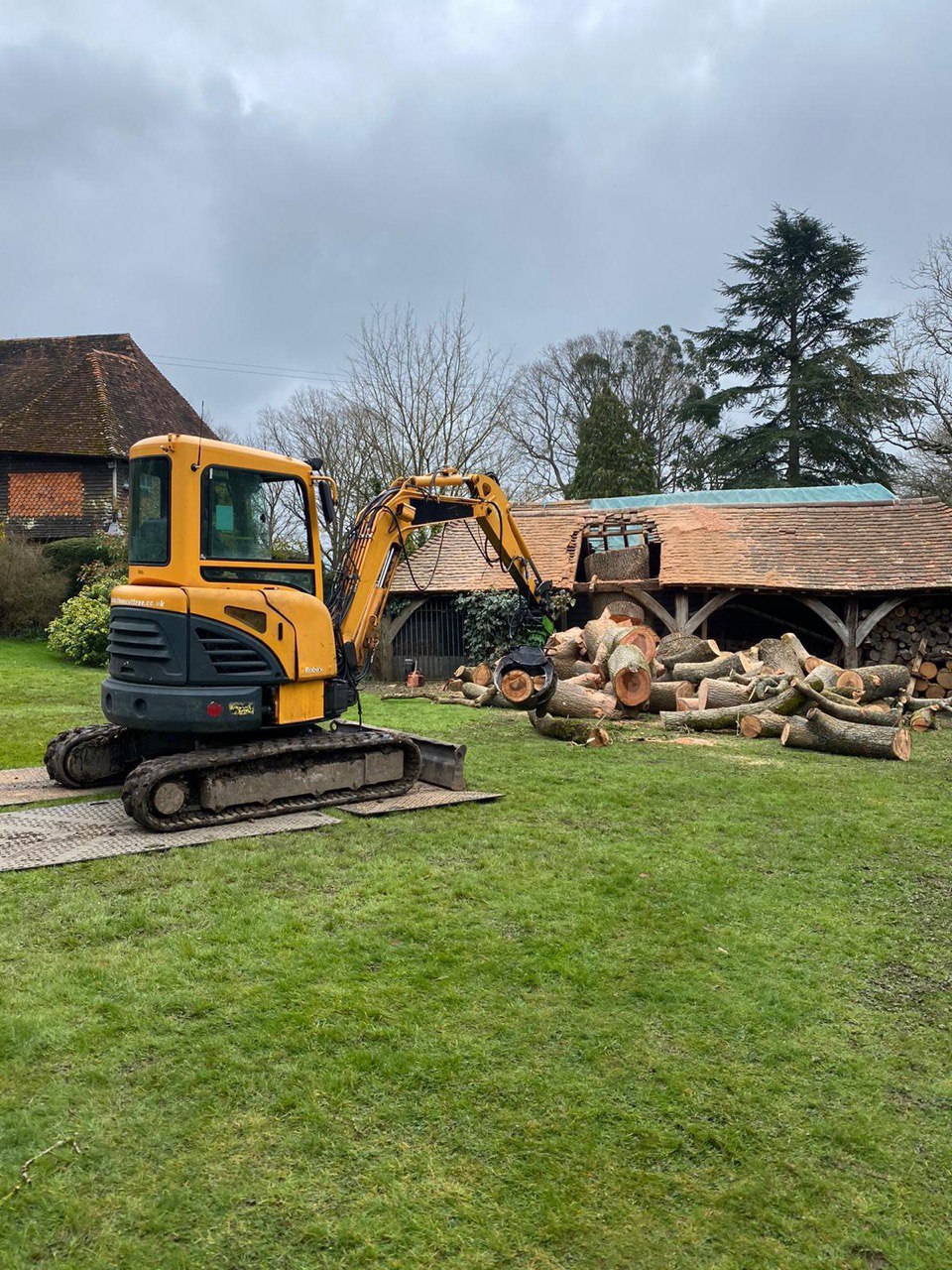Introduction: Trees are an essential part of our communities, providing shade, beauty, and a sense of connection with nature. However, when trees are removed or fall due to natural causes or disease, what’s left behind are often unsightly tree stumps. These stumps not only diminish the visual appeal of our neighbourhoods but can also pose safety hazards. Community tree stump removal projects have emerged as a proactive way to address these issues and create safer, more beautiful neighbourhoods. In this blog post, we’ll explore the benefits of community stump removal projects and how they contribute to building a safer community.

1. Safer Public Spaces:
Community tree stump removal projects improve the safety of public spaces, such as parks, sidewalks, and playgrounds. Stumps can be tripping hazards, especially for children and older people. By removing them, we create safer areas for community members to enjoy.
- Enhanced Aesthetics:
Tree stumps can detract from the overall appearance of a neighbourhood. Unsightly stumps can make an otherwise well-maintained area look neglected. Removing stumps enhances the community’s visual appeal and fosters a sense of pride among residents.
- Promoting Active Living:
Safer public spaces encourage residents to be more active. When people feel confident that they can walk or play in their neighbourhood without the risk of tripping over stumps, they are more likely to engage in outdoor activities, promoting a healthier lifestyle.
- Boosting Property Values:
A well-maintained neighbourhood with clean, stump-free public spaces is more attractive to potential homebuyers. Removing tree stumps can positively impact property values, benefiting all residents.
- Community Bonding:
Community stump removal projects often involve volunteers and community organisations. These projects provide opportunities for residents to come together, strengthen bonds, and work towards a common goal, fostering a sense of unity and camaraderie.
- Environmental Benefits:
Proper stump removal methods, such as grinding, are environmentally friendly. They prevent the stumps from decomposing slowly and releasing carbon into the atmosphere. Removing stumps also allows for the planting of new trees, contributing to the neighbourhood’s greenery.
- Teaching Responsibility:
Community stump removal projects can be educational, especially for younger community members. They learn about the importance of responsible tree care and community involvement, instilling a sense of responsibility and stewardship.
Professional Expertise:
While community stump removal projects are a fantastic way to enhance neighbourhoods, they require professional expertise and equipment to be carried out safely and effectively. Enlisting the help of a tree service provider ensures that the job is done correctly.
Conclusion: Community tree stump removal projects are about more than just aesthetics. They are a proactive way to create safer, more attractive neighbourhoods, boost property values, and promote community bonding. By working together to remove tree stumps, residents can actively contribute to building a safer and more beautiful community for everyone to enjoy.